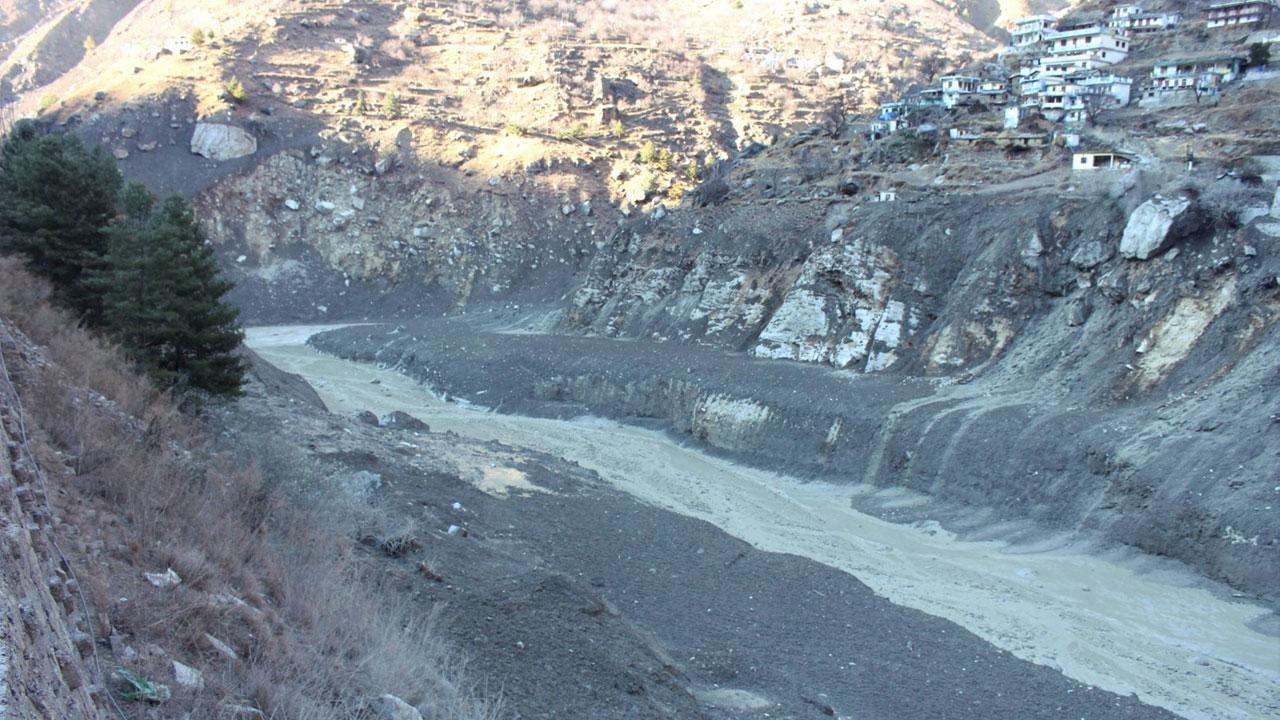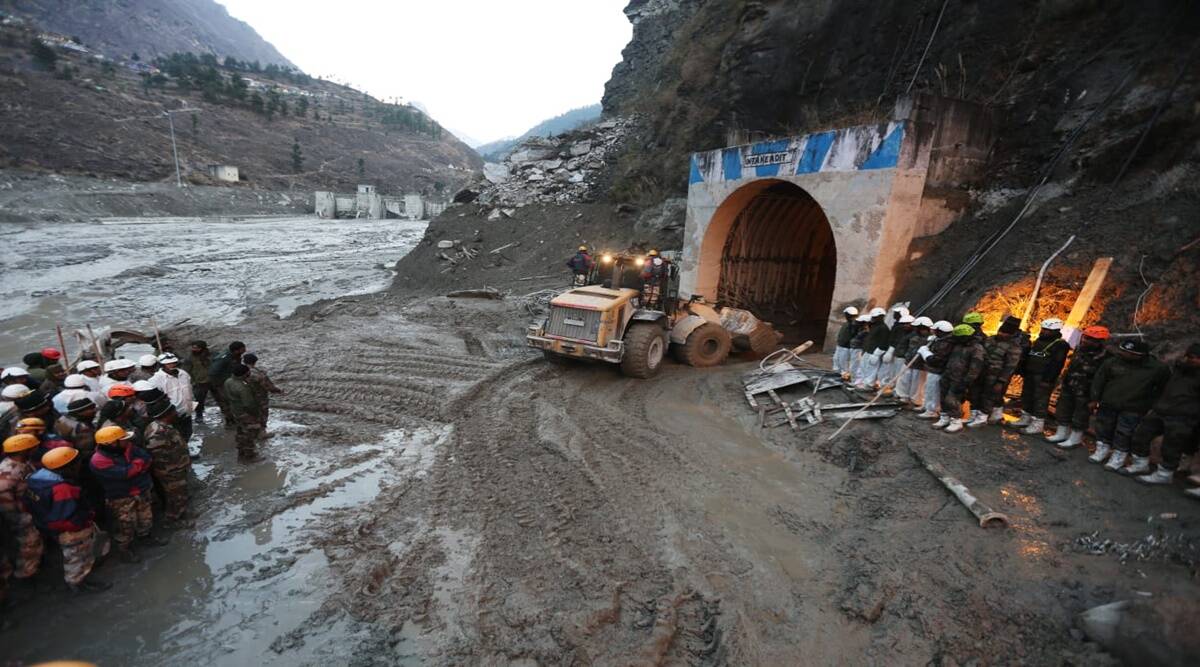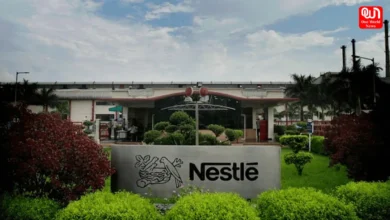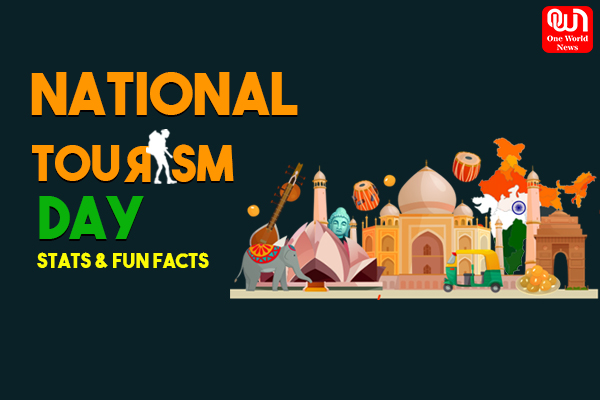
It’s high time, policymakers need to make these important changes
The Chamoli district of Uttarakhand was struck by massive tragedy on Sunday morning. 26 people have been confirmed dead so far while 150 are missing. Several roads, dams, houses, bridges and other infrastructure have been damaged or destroyed.
There is no clarity so far on where the disaster exactly originated, exactly at what time it originated, what was the magnitude at the place of origin or what factors led to it. Experts have reached the place of the incident and are trying to find the answers to all these questions.
National Thermal Power Corporation Limited or NTPC (organization which is responsible for developing the damaged 520 MW under-construction Tapovan Vishnigad hydropower project) said that avalanche caused the disaster. The Uttarakhand government is talking about glacier bursts, while others are taking about cloud burst, bursting of water pockets in glaciers with no clarity and details about their claim.
Whatever the reason, one thing is for sure that glaciers have melted and caused this flood. Actually, the melting of Himalayan glaciers has doubled in the last 20 years due to global warming (rising temperature). This has resulted in losing more than vertical foot-and-half of ice each year, potentially threatening the water supply for crores of people in the country.
Global warming is leading to the melt-down of the Himalayan Glaciers
An analysis of satellite observation which was done over a period of more than 40 years in India, Nepal, China, and Bhutan suggested that global warming is eating the Himalayan glaciers. Changes in seasonal melting patterns and in the volume of mountain glaciers impact water resources in many countries. These changes are being observed at a time when pressure on water resources for food production, irrigation, urbanization and industrialization is increasing.

Dams, Himalayas, Uttarakhand Tragedy, Chamoli, Glacier burst, Global warming, Climate Change, One World News,
Uttarakhand has been categorised as falling in the Zone IV and V of the earthquake risk map of India. The state has witnessed devasting earthquakes earlier, flood in Kedarnath and earthquakes in Chamoli being the latest.
Mountains are a big source of water run-off for run-of-river projects from melting glacier ice and snow. Glacier lakes can pose a major hazard and bursting of these lakes can cause floods with catastrophic consequences. Despite knowing the threat of such calamity, large hydropower projects are in vogue in Uttarakhand.
Lessons to learn from the disaster
There are some great lessons that we can learn from this unfortunate disaster which has caused catastrophe on a large scale. One such is getting credible, timely, and specific information about such incidents to effectively tackle the disaster. However, we have been faltering in this step. If we will have information, we would be able to work a disaster management plan and a mechanism that could ensure that such a plan can be executed. But it evident from this and earlier incidents that our monitoring of known vulnerable areas is not adequate.
These disasters are not just acts of nature, we human beings are also responsible for it. Any unusual heavy burst of rain or the unpredictable behaviour of glaciers would not have big damaging effects if the natural forests were kept intact. But we built roads with less care, dams, houses, and hotels were not built according to the understanding of the distinctive ecology of the Himalayas.
Read more: Bihari women are revolutionizing the use of sanitary items
Roads and dams that are carelessly constructed can lead to large amount of debris being dumped as hill river become more turbulent and violent. Buildings and hotels are permitted to be constructed regardless of local constraints and needs. Hill Slides become weaker and become vulnerable when threatened by floods and storms. The loss of livelihood and life in these situations could be blamed on faulty policymaking, human greed and corruption.
Experts need to be consulted
We have to adopt a more sustainable path. Our policymakers should be more willing to take advice from experts and be less responsive to deal-makers who offer bribery. Currently, the decision to, how and where to build a highway, dam, port or airport, is taken by ministers, bureaucrats and contractors. People who are experts in traffic management, hydrology, mountain ecology, or energy planning, are rarely consulted.
It is said that people who fail to learn from the past are doomed to suffer repeatedly. It is high time, therefore, our policymakers need to realise that the Himalayan mountains are impatient and fragile. They should know that developmental projects of priorities should be based on mountains, traditional and local knowledge as well as aspiration of that particular place.
Have a news story, an interesting write-up or simply a suggestion? Write to us at info@oneworldnews.com








